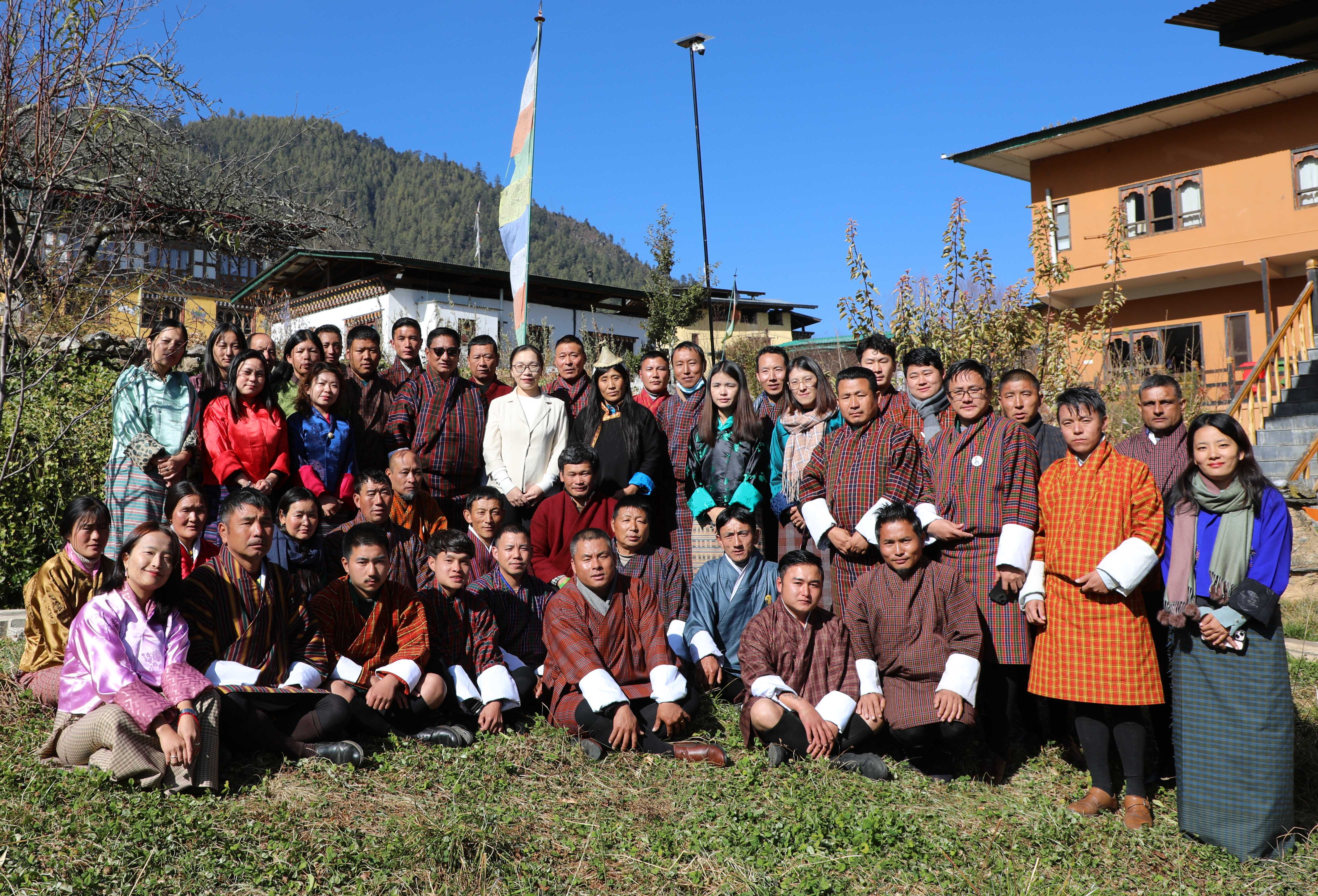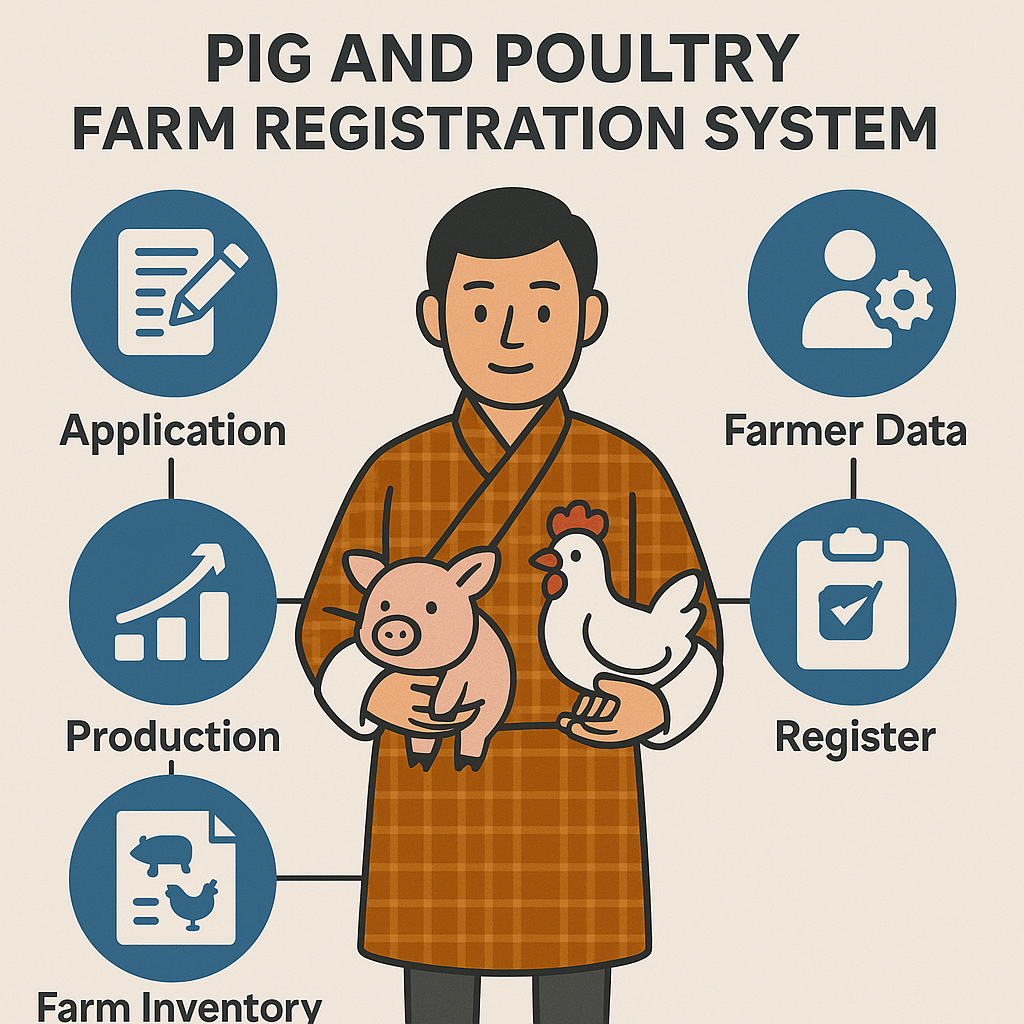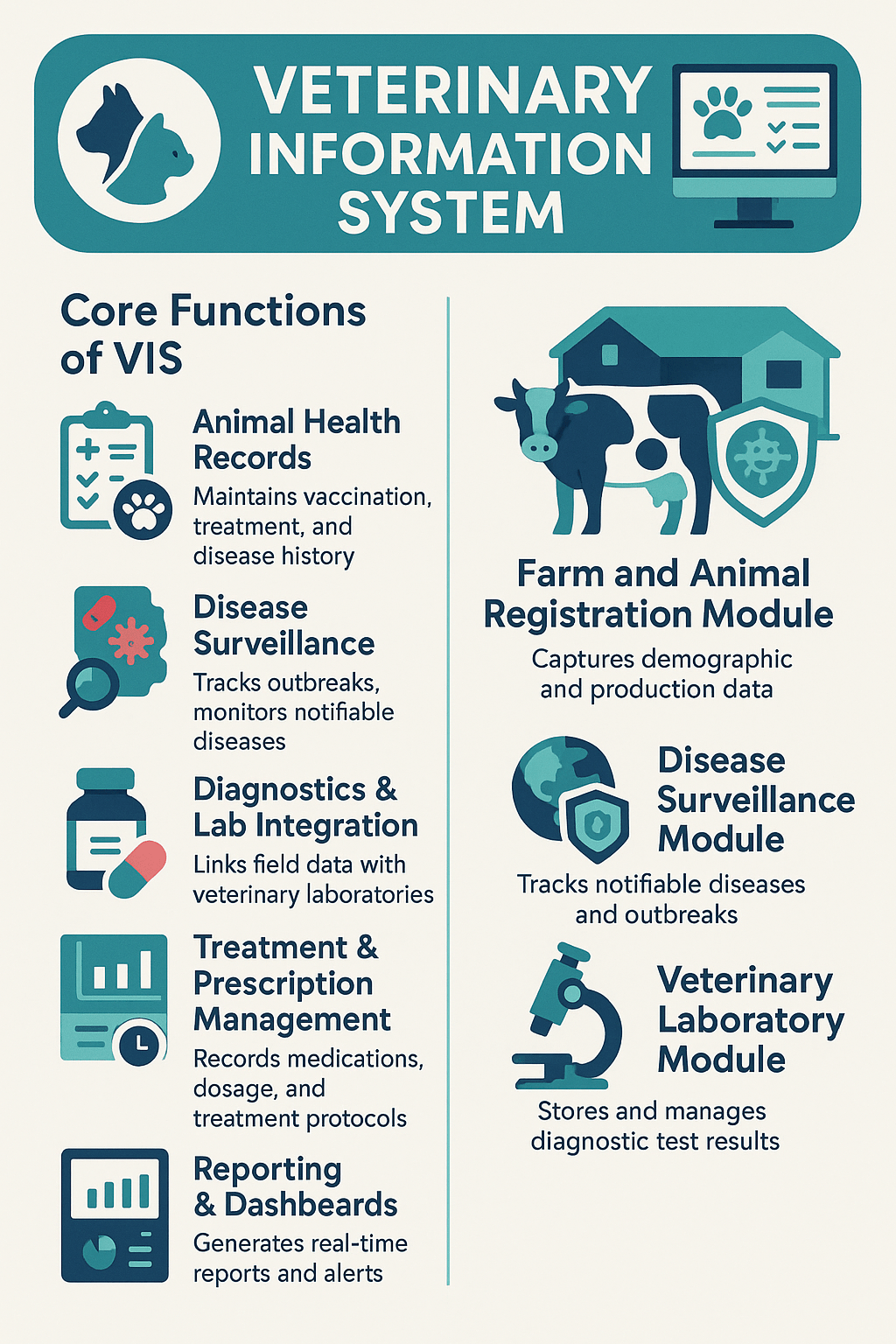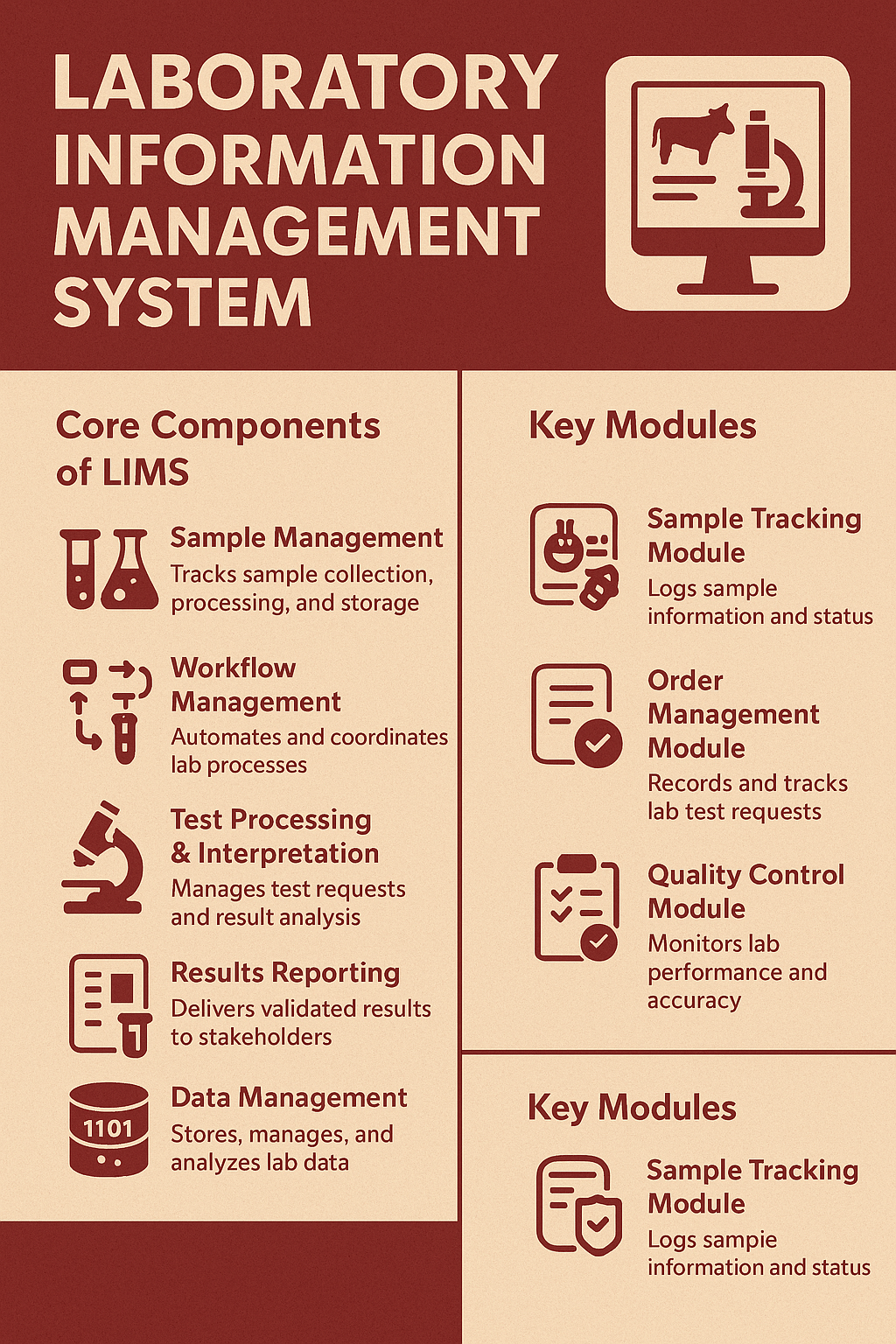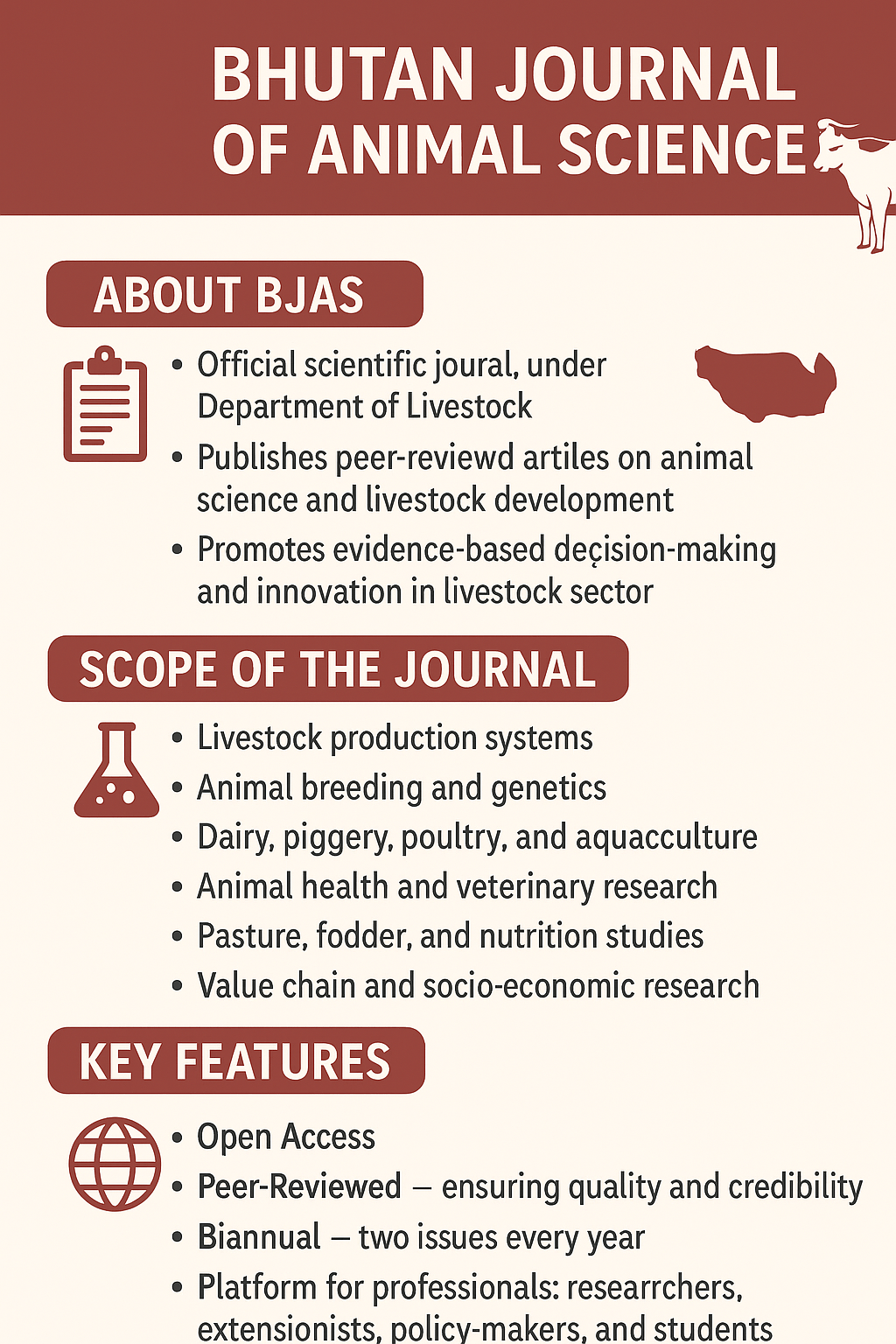12.12.2024, Haa: Bhutan’s highlands are home to approximately 29,699 Yaks (NSB, 2023), and the untapped potential of their wool represents an opportunity for significant economic growth. An estimated USD 35 490 (BTN 2,912,491) could be generated annually from yak fiber if just 50 percent of yaks are harvested for wool. However, the highland communities have struggled with challenges such as insufficient market knowledge, poor yak hair harvesting methods, and inadequate hands on training, leading to a decrease in interest among herders. These issues have also put Bhutan’s rich and unique highland culture at risk.
The Department of Livestock, Ministry of Agriculture and Livestock, in collaboration with the Food and Agriculture Organization of the United Nations (FAO) Bhutan has an ongoing project titled “Technical Support for Product Diversification of Yak Wool Fiber to Improve Livestock Income and Livelihoods of Highland Communities.” This project aims to establish a sustainable yak wool value chain in Bhutan, providing technical support to enhance yak production and improve the income of smallholder yak farmers.
As part of the project, a Training of Trainers (ToT) program on wool processing and product development is going on from 11th and 12th of December 2024 in Haa with the aim to revitalize the yak wool enterprise in the country. A total of 46 participants, including 17 yak herders and 19 technical staff from 10 highland dzongkhags are attending the ToT program. The training was facilitated by Mrs. Batchimeg Ganbaatar, a yak wool expert from the Mongolian University of Science and Technology, bringing international expertise to enhance local capacities.
To support this initiative, advanced yak wool processing equipment—including carding, dehairing, washing, spinning, and drying machines—has been procured and installed at the National Yak Farm.
This initiative is a significant step toward diversifying the income streams of Bhutan’s highland communities while preserving their traditional livelihoods and ensuring the sustainable use of yak resources. With the combined effort of government officials, experts, and local herders, this initiative is set to unlock a new wave of economic opportunity for the 897 yak-owning households across Bhutan’s highlands.
This will eventually provide alternative sources of income for the mountain communities, reliant on traditional income sources such as cordyceps, while building long-term economic stability for future generations.
DoL, MoAL
![]()

